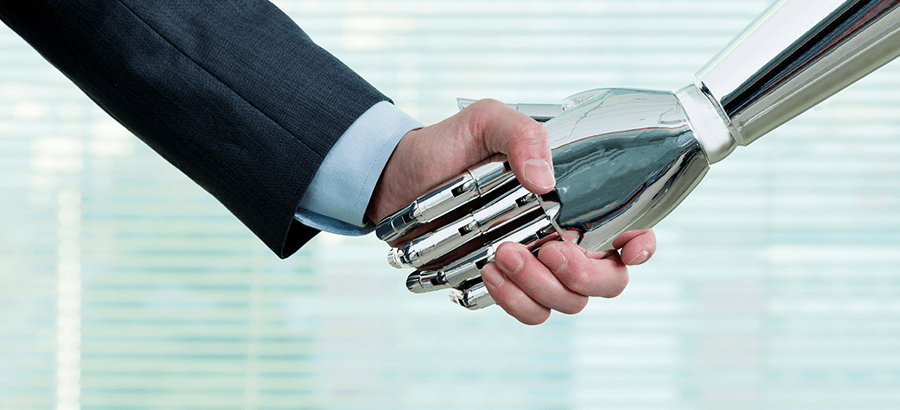The FIFA World Cup is well underway and, even if you aren’t the biggest soccer fan, soccer fever seems to have gripped the globe. While we are furiously debating the attributes of the teams, the competency of the referees and the quality of the stadiums, let’s also give a thought to a sign-of-the-times marketing campaign that depicts delivery drones delivering beverages to a stadium full of fans in Moscow.
“The robots are coming”, seems to be a bit of an outdated concept now. The robots are, in fact, already here. We hear about driverless vehicles, delivery drones and automated picking and palletizing in warehouses daily. This naturally raises the question: ‘why has this movement progressed so rapidly?’
Well, for two reasons really:
- Robots typically have a high ROI associated with them,
- Since they are machines with computers inside, they also accurately collect data as they perform their work. This, integrated with business systems, can enable new insights.
And this brings me to the point of my blog. The food and beverage industry, much like other competitive manufacturing environments, is also in a state of constant flux. And as it continues to evolve, it is more important than ever to consider technology to help ensure competitiveness and long-term success.
With the relentlessly fluctuating price of raw materials and increasing labor costs, it is a challenge to make every production shift profitable. Add to this the difficulty of attracting, training and retaining labor when attempting to maintain efficient and predictable production.
The robots that I mentioned above, coupled with the right business software, can provide a solid platform to ensure productivity, efficiency and profitability throughout the food and beverage industry.
The integration between machines, used to collect data, and business systems can provide the following valuable information:
- Production data
- Inventory created or moved
- Overall Equipment Effectiveness (OEE) which, simply put, identifies the percentage of manufacturing time that is truly productive. Imagine having the ability to monitor employees like this?
Unlike basic accounting software, ERP software for food manufacturers is built to solve the unique financial, production and supply-chain challenges that arise across the entire food processing spectrum.
As a system of record, ERP provides a 360-degree view of business processes, allowing for the review and analysis of data collected via the various machine sources to make better business decisions that affect production throughput, operational efficiency, traceability and profitability.
These informed decisions, along with the benefits automated machines can make to the bottom-line, and their rapid return on investment, all add up to improve overall production effectiveness, control costs and increase profit. Now doesn’t that sound like an enabler to a business’s long-term success, or in soccer-speak, like a multiple goal scorer?






